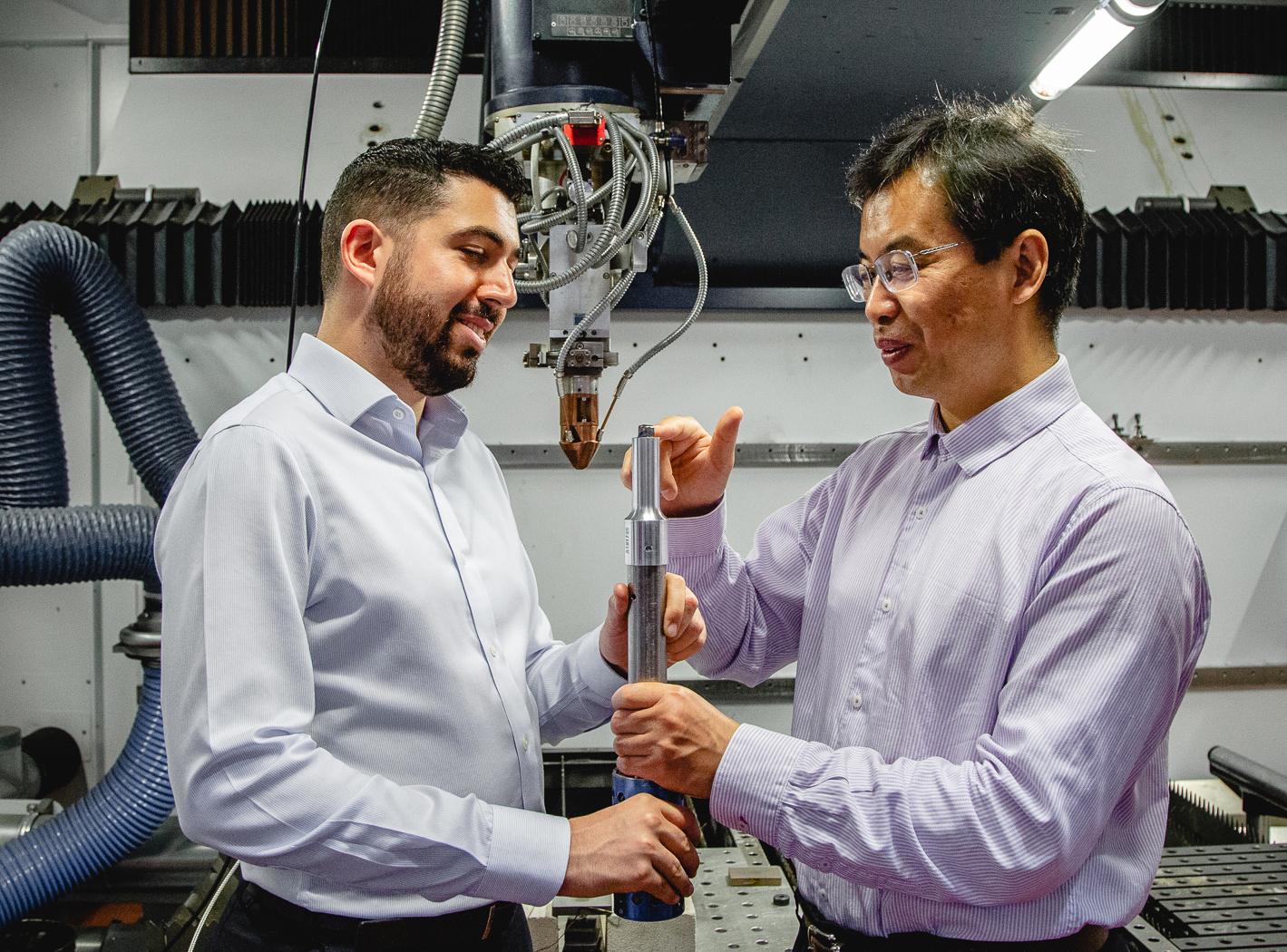
Researchers at RMIT University, in Melbourne, Australia, have reportedly developed a process using sound vibrations to improve the microstructure of alloys during additive manufacturing (AM).
The researchers say that ultrasound can be used to shake metal alloy grains into tighter formation during 3D printing, making the alloys more consistent and stronger than those printed conventionally.
‘If you look at the microscopic structure of 3D printed alloys, they’re often made up of large and elongated crystals,’ said lead author Carmelo Todaro. ‘This can make them less acceptable for engineering applications due to their lower mechanical performance and increased tendency to crack during printing. But the microscopic structure of the alloys we applied ultrasound to during printing looked markedly different. The alloy crystals were very fine and fully equiaxed, meaning they had formed equally in all directions throughout the entire printed metal part.’
According to Todaro, the parts had a 12% improvement in tensile strength and yield stress compared to those made through conventional AM.
The researchers developed the process using Ti-6Al-4V titanium alloy used for aircraft parts and biomechanical implants and Inconel 625, which is a nickel-based superalloy often used in marine and petroleum industries.
‘Although we used a titanium alloy and a nickel-based superalloy, we expect that the method can be applicable to other commercial metals, such as stainless steels, aluminium alloys and cobalt alloys,’ said RMIT professor Ma Qian. ‘We anticipate this technique can be scaled up to enable 3D printing of most industrially relevant metal alloys for higher-performance structural parts or structurally graded alloys.’
By switching the ultrasonic generator on and off during printing, the researchers showed how specific parts of a 3D printed object can be made with different microscopic structures and compositions, producing functional grading.
This story uses material from RMIT, with editorial changes made by Materials Today. The views expressed in this article do not necessarily represent those of Elsevier.



